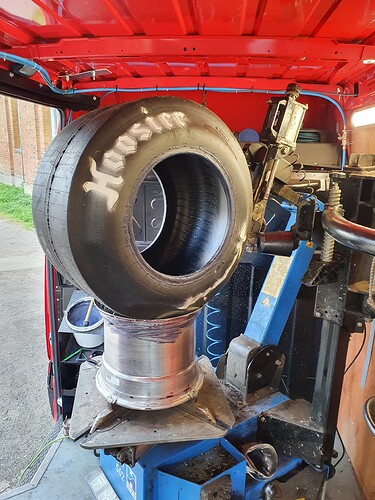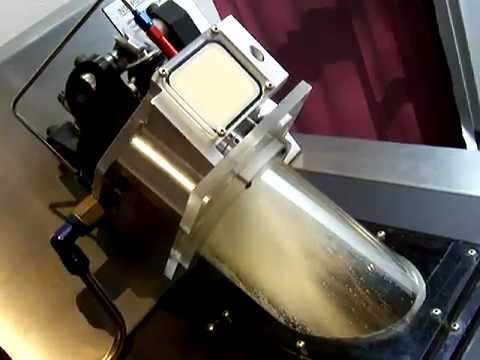I won’t copy your message as it’s already there. 
Looks like the topic has been resolved anyway, but to answer your post.
You will see that I was very “Careful” not to get into the realms of stating actual tyre pressures for the MX5, or indeed any other car.
I was also very careful not to quote or copy what you (or indeed any one else) has stated, as we probably all have a slightly different opinion, (as you say) on matters.
Likewise, I was not getting into an argument as indeed that is really pointless and unnecessary, merely giving my opinion.
Forums are designed exactly for this purpose to debate and indeed give opinions whether we agree with them or not as everyone is entitled to one.
The odd PSI’s here and there will “probably” make no real difference.
What people actually do is indeed a matter for them.
As you will know tyre pressures are set at cold/non use for a reason as when the car gets driven the tyres heat up, (friction) the air expands (if indeed air is used see below) and the pressures rise to the optimum pressure for the car as set by the manufactures.
These “hot” pressures will vary depending on the actual structure of the carcass and the materials used to construct it.
It matters not whether the vehicle is in Finland or California, the actual principles will be the same.
I was merely stating what is common knowledge across the board regarding road tyres including cars, caravans, motor homes, HGV’s or whatever regarding serious over inflation and indeed serious under inflation. HGV tyres “Tend” to shred because they over heat due to low tyre pressures perhaps as a result of a slow puncture as just one example.
Likewise, as you say getting into a debate about what race cars actually run is a mine field and perhaps again pointless as it depends on the type of racing.
As an example, F1 use Nitrogen in the tyres too as this maintains stable PSI and temperature throughout the “race conditions” for many reasons.
Currently, Pirelli instruct the F1 teams to run minimum pressures. Again, as an example, 21PSI Front and 21PSI Rear for the 2021 French GP, so much much lower than the racing you have mentioned.
F1 pressures are imposed to limit the grip of the tyre and the stresses imposed upon its structure, (for obvious reasons). Running below that will increase the contact patch of the tyre, (as I stated before) ie there will be more rubber on the road and therefore more available grip.
BUT “may have” negative points in other areas (remember we are talking race tyres here).
If motorcycle racers had too high pressures the contact patch would be decreased and 9 times out of 10 they would crash.
It’s just impossible to compare across the board.
Anyway, that’s enough really thanks for the input and all the best. 









